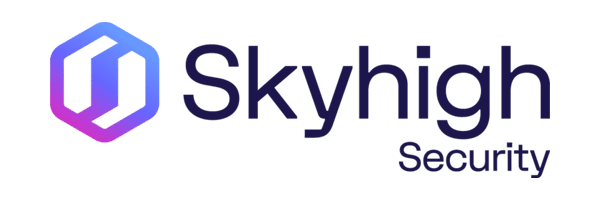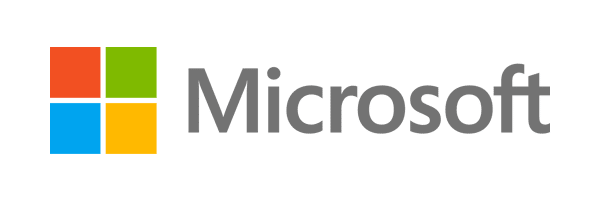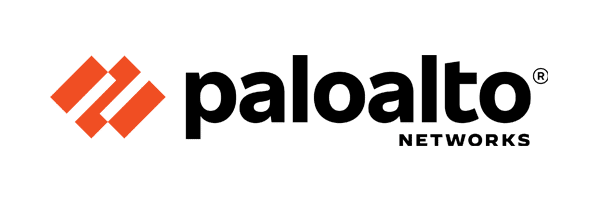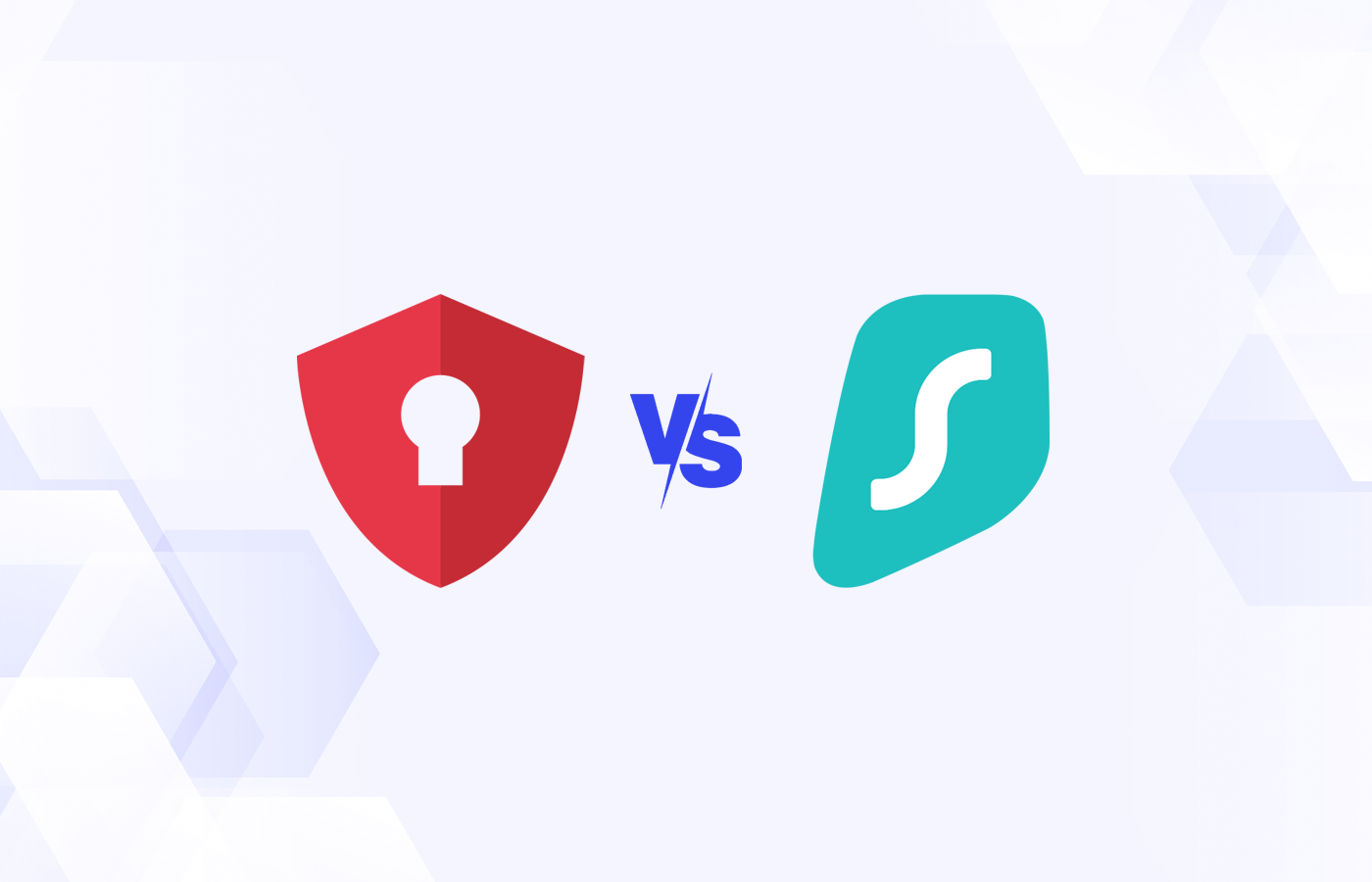Your cloud environment likely has invisible doorways hackers can easily exploit — an uncomfortable reality most organizations face while operating without proper protection
A cloud access security broker (CASB) solution sits between users and cloud services to protect data and enforce security policies. They serve as both gatekeepers and detectives across your entire cloud ecosystem.
In recent years, CASB solutions have become part of broader secure access service edge (SASE) technology as edge and cloud security risks have expanded to include all threats outside the network perimeter, including edge computing, IoT, mobile, cloud, web, email, and more.
We’ve assessed the CASB market to identify the top CASB vendors for those in the market for a CASB solution.
SEE: Cloud Access Security Broker Policy (TechRepublic Premium)
| CASB Solution | Data Loss Prevention | Behavioural Analytics | Integrations | Free trial? |
| Broadcom | ✅ | ✅ | SIEM, SWG, IAM | ❌ |
| Censornet | ✅ | ✅ | IAM, Email and Web | ✅ |
| Forcepoint | ✅ | ✅ | SIEM, IDaaS, NGFW | Demo only |
| iBoss | ✅ | ❌ | Microsoft 365, Google Workspace | ❌ |
| SkyHigh Security CASB | ✅ | ✅ | SIEM, SWG, IAM, EMM | Demo only |
| Microsoft Defender | ✅ | ✅ | Azure, Office 365 | ❌ |
| Netskope | ✅ | ✅ | SIEM, EDR, EMM, SWG | Demo only |
| Palo Alto Networks | ✅ | ✅ | Prisma Cloud, NGFW, SIEM | 60 days |

Broadcom
Best for compliance
Broadcom’s solution for addressing visibility into cloud application security is the Symantec CloudSOC CASB.Big cybersecurity acquisitions of Blue Coat Systems and Symantec in the last decade provided the roots of Broadcom’s CASB offerings. Paired with the Symantec cloud data loss prevention (DLP) solution, the Symantec DLP Cloud includes CASB Audit, CASB for SaaS and IaaS, and CASB Gateway.

Censornet
Best for reporting
As part of the vendor’s Autonomous Security Engine (ASE) solution, Censornet Cloud Access Security Broker integrates adaptive multi-factor authentication, email security, and web security. Censornet’s CASB also offers Identity as a Service (IDaaS) for secure user authentication.
Censornet offers extensive reporting capabilities, including pre-built trend reports. Users can download and email reports to other members of the organization or to customers. Multiple report views allow security teams to report by device, threat level, user, and other views.
Read more about application security

Forcepoint
Best for risk analysis
Forcepoint’s CASB products protect sensitive data and critical applications. Its cloud audit and protection capabilities are designed for real-time activity monitoring and analytics. Forcepoint has added to its CASB offerings with technology acquisitions from Imperva and Bitglass.
It uses malware engines from CrowdStrike and Bitdefender to halt malware that’s transferred between users and SaaS applications.

iBoss
Best for zero trust
iBoss offers CASB as a product in its zero-trust platform’s Application and Data Discovery capabilities.
iBoss restricts data transfers in corporate systems, redirecting file uploads and other transfers to company accounts if a user tries to send business data to a personal account. iBoss’s CASB offerings are particularly useful for social media as well as for Google and Microsoft cloud applications. The product is well-rated by users and analysts alike.

Skyhigh Security CASB
Best for access controls
Skyhigh Security’s CASB solution supports data loss prevention policies and blocks attempts to download corporate information to employees’ personal devices.Skyhigh uses both forward and reverse proxy for inline deployment. It provides API integrations for various business applications, including Slack, Zoom, and GitHub, as well as multiple identity and access management tools. Skyhigh—McAfee’s former cloud business—includes the CASB tool as part of its SASE platform.

Microsoft Defender for Cloud Apps
Best for Windows environments
Microsoft Defender for Cloud Apps addresses DLP, compliance, discovery, access, and other security functions across business environments such as social media, SaaS apps, and email. Office 365 is a particularly strong use case.
Defender for Cloud Apps supports blocking downloads on untrusted devices. Admins can also label files based on the sensitivity of the data in the file, creating protective rules that limit how the data can be accessed and shared.

Netskope
Best for security integrations
Netskope has long been a leader in CASB technology, with continuous security assessment and compliance. The company has also packaged together a number of offerings as a SASE solution. Highlights of the CASB solution include the Cloud Exchange for tech integrations, including third-party security solutions like EDR and SIEM, and malware blocking for both email and storage service.

Palo Alto Networks Next-Gen CASB
Best for Prisma Cloud and Palo Alto NGFW customers
Palo Alto Networks has brought its considerable security expertise to bear on the CASB and SaaS protection market with an offering that includes SaaS monitoring, compliance, DLP and threat protection.
Palo Alto’s SaaS Security and Enterprise DLP products combine to create the CASB. The Next-Generation CASB also has strong integrations with Palo Alto firewalls and access solutions, making it a good choice for businesses already using Palo Alto security products.
Use cases and industry applications of CASB
Here are a few real-life use cases of CASB solutions in different industries:
- Finance: CASBs help financial institutions protect sensitive customer data and comply with strict industry regulations. By providing encryption, real-time monitoring, and detailed logs, CASBs significantly reduce data breaches and unauthorized access risks.
- Healthcare: In healthcare, CASBs secure patient data stored and shared in the cloud, ensuring compliance with HIPAA standards. Real-time alerts and data encryption keep protected health information (PHI) secure, preventing costly compliance violations.
- Government: Government agencies rely on CASBs to manage and secure cloud-based services, protecting sensitive national and citizen data. Robust authorization, continuous monitoring, and advanced threat detection help maintain security and regulatory compliance across government cloud applications.
- Education: CASBs help educational institutions manage user access securely and protect student records. With SSO and detailed activity logs, CASBs simplify user management and enhance data security, reducing the administrative burden on IT staff.
Challenges and limitations of CASBs
There are some downsides of using CASBs in your cloud security system. Some of these challenges include:
- Performance Impact: Real-time monitoring and encryption can introduce latency, affecting app performance and user productivity.
- Deployment Complexity: Rolling out CASBs across varied cloud environments demands careful planning, technical know-how, and ongoing oversight.
- False Positives: Legitimate user actions can trigger inaccurate alerts, causing distractions and reducing focus on real threats.
- Integration Gaps: Not all cloud apps integrate well with CASBs, limiting visibility and control over some services.
Best practices for implementing CASB
Deploying a CASB can be complex due to its role across cloud and on/off-premise environments. Follow these steps for a successful rollout:
Establish visibility
Start by analyzing cloud usage—track users, apps, departments, locations, and devices. Web traffic logs can help identify patterns and guide CASB selection.
Assess risk
Develop a cloud risk model based on typical usage. Account for threats like leaked credentials or unauthorized access by former employees. Extend existing models or create new ones tailored to your security needs.
Deploy and monitor
Apply the risk model to shadow IT usage and deploy the CASB. Enforce policies, assign risk scores, and categorize services to enhance visibility and control. After deployment, continuously monitor CASB performance. Many organizations begin with a limited rollout before expanding network-wide.
Read more about best business practices for cloud security.
How to choose the best CASB for your business
CASBs aren’t one-size-fits-all. Keep these factors in mind when evaluating options:
- Match team expertise: Select a CASB aligned with your team’s skills. Experienced teams may prefer customizable platforms, while newer teams might need intuitive interfaces and built-in templates.
- Stay within budget: Shortlist options, request tailored quotes, and collaborate with stakeholders to choose a cost-effective fit.
- Check integration support: Ensure the CASB works with all critical cloud apps your organization uses—like Slack or Microsoft 365.
- Evaluate vendor support: Teams with limited experience should prioritize vendors with strong, responsive support; advanced teams may need less hands-on help.
Frequently Asked Questions (FAQs)
Still have questions about CASBs? These answers clarify their role and how they compare to other security tools.
Do I need a CASB if I have a firewall?
A firewall alone isn’t enough, especially for cloud-heavy environments. CASBs monitor cloud usage, detect threats beyond the perimeter, and fill gaps left by firewalls—even next-gen ones.
How is CASB different from SIEM?
CASBs focus on cloud apps, while SIEM tools monitor a wider range of environments, including on-premise systems, generating alerts across your entire tech stack.
How is CASB different from DLP?
DLP protects sensitive data, and is often a feature within CASB solutions. CASBs go beyond DLP by offering broader cloud security capabilities.
How is CASB different from SASE?
SASE includes CASB-like features but also handles wide-scale networking and security for remote users. It’s broader and takes longer to deploy, while CASB is more focused and quicker to implement.
How we evaluated CASB solutions
To provide a well-rounded and practical evaluation of cloud access security broker (CASB) solutions, we used a multi-dimensional research methodology that considered product capabilities, real-world performance, customer satisfaction, and market presence.
We aimed to help IT leaders, CISOs, and security professionals make confident decisions based on a blend of technical benchmarks and business realities.
Evaluation Criteria
We assessed CASB vendors using a combination of core feature sets, deployment flexibility, integration support, and pricing transparency. The primary criteria included:
- Data loss prevention (DLP): Strength and customizability of DLP capabilities for protecting sensitive data.
- Behavioral analytics: Availability of machine learning or heuristic analysis to detect anomalous behavior and insider threats.
- Integration ecosystem: Compatibility with key platforms such as SIEM, IAM, SWG, Microsoft 365, Google Workspace, and other third-party security tools.
- Deployment options: Support for forward proxy, reverse proxy, and API-based deployments.
- Ease of use and scalability: Admin UI intuitiveness, automation options, and support for large-scale or hybrid environments.
- Trial availability: Whether the vendor provides a free trial or demo to evaluate the product hands-on.
- Customer support and documentation: Accessibility of technical resources, onboarding support, and post-sale service options.
Bottom Line: CASB Solutions
Cloud access security brokers help enterprises manage the wealth of cloud apps needed for everyday business operations. The more applications a company uses, the more vulnerable its security posture can be.
CASBs help mitigate the threats that besiege cloud applications, including phishing attacks, unauthorized access, and malware. These top-of-the-industry solutions will help your organization become more aware of its cloud vulnerabilities and secure its most important applications.
Considering a variety of cloud solutions? Read about our picks for the top cloud security providers next.




